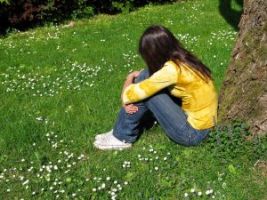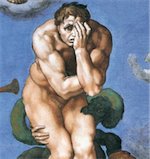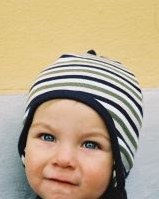
I found the following post by Rick Nauert, Ph.D., Senior News Editor interesting. Click here to get to it.
New research suggests the symptoms of depression among children are often different from those displayed by adults.
German scientists discovered children may not display signs of dejection or a lack of pleasure, two cardinal signs of mood disorders among adults.
Depending on the age of the child, the dominant features of depression may be weeping, irritability or defiance.
The signs of depression in infants are often screaming, restlessness, and weeping attacks for no clear reason.
Preschool children may behave irritably and aggressively, while schoolchildren may be listless and apathetic. The symptoms in adolescents become similar to those in adults.
Authorities believe up to 3.5 percent of children and 9 percent of adolescents in industrial countries are depressive. In particular, the risk of depression increases from the age of 12.
In a third of minors, the depressive symptoms subside within three months. However, in 80 percent of those affected, the symptoms may reappear and become chronic.
Professors Mehler-Wex and Kölch of Ulm University emphasize that psychotherapy and psychosocial therapy are typically indicated. The antidepressive fluoxetine can also be used.
Patients with a severe clinical course, a difficult family background or suicidal tendencies may have to be admitted to hospital.
Depressive minors often exhibit other psychological abnormalities. Thus, anxiety disorders and disorders in social behavior occur widely, followed by substance abuse and aggression.
In summary, the causes of depression are multifactorial. The decisive factors include hereditary, personality and environmental factors, particularly in early youth.
* Click here to subscribe to Beyond Blue! And click here to follow Therese on Twitter. And click here to join Group Beyond Blue, a depression support group. Now stop clicking.

